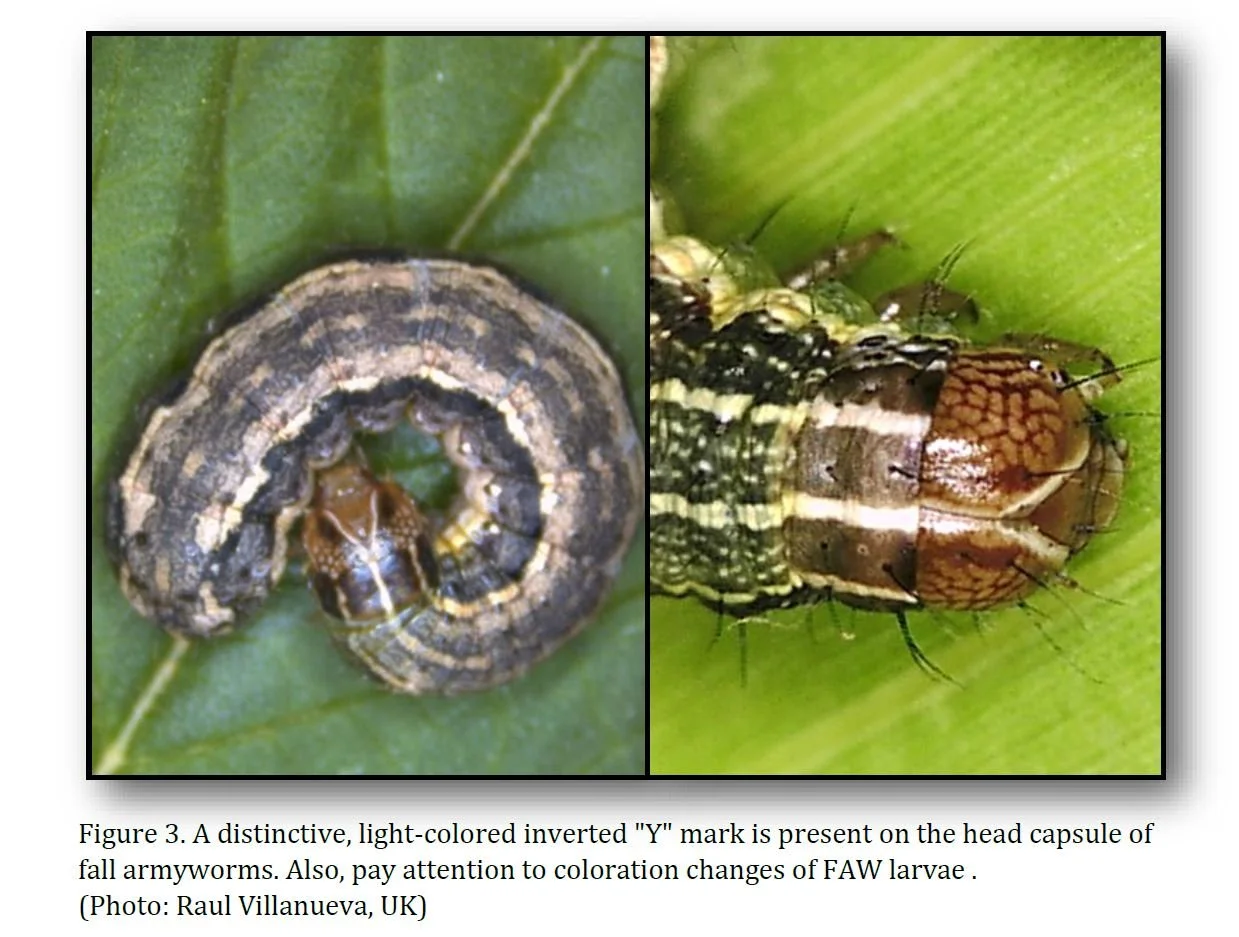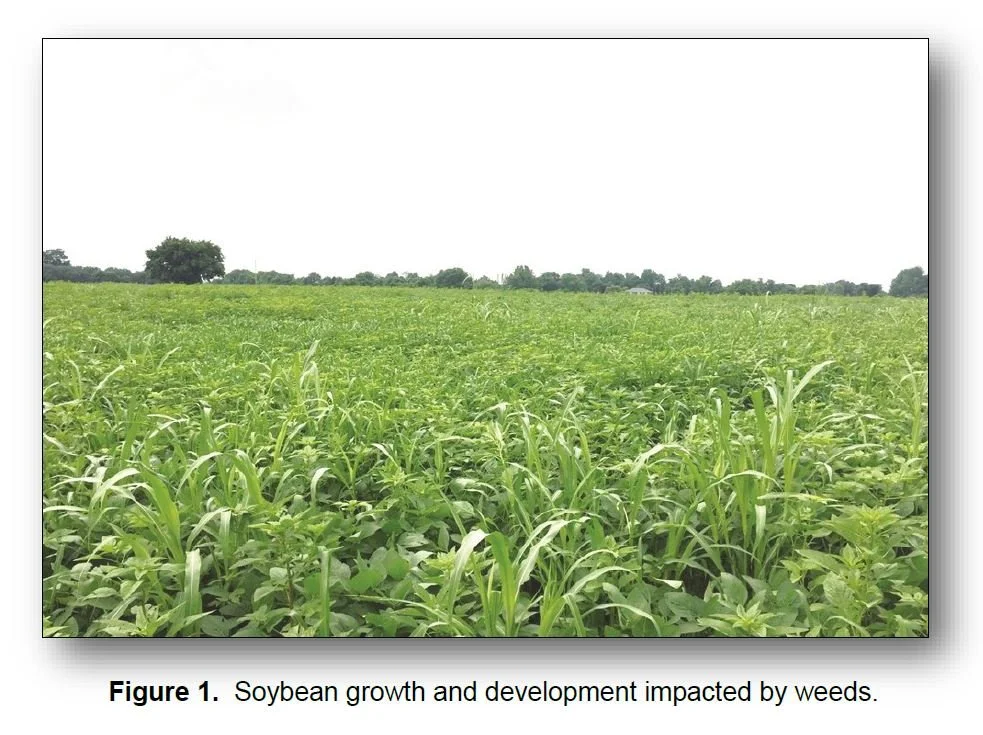Wheat production is higher for 2022.
Read MoreOne common consideration in 2022 for entomologists and Extension specialists is to hypothesize about the presence of the fall armyworm for this growing season.
Read MoreAdult beetles are considered destructive pests of many ornamentals, turf, and landscape plants. In soybean fields, it has been observed feeding on leaf tissue between leaf veins; in many cases this feeding leaves a lace-like, skeletonized appearance.
Read MoreDespite most herbicide applications being concluded, there are scattered fields with weeds such as waterhemp and Palmer amaranth poking through the soybean canopy.
Read MoreAs soybean fields in Kentucky approach the R3 (beginning pod) developmental stage, it generally is a time to consider an application of a foliar fungicide to protect against foliar diseases.
Read MoreWith forecasts not showing much relief in the coming weeks it will be helpful to understand and be able to identify drought stress in a soybean crop.
Read MoreIt was hard to believe that mollusks could be the cause of this damage, especially when the area has been experiencing a drought period and warmer temperatures; however, they were.
Read MoreImmature individuals (known as nymphs) of short-horned grasshoppers have been observed feeding on full-season and double-crop soybeans in Lyon and Caldwell counties. Populations of these insects seem to be increasing, and damage is already present.
Read MoreKentucky soybean planting is quickly wrapping up and the majority of corn has or is receiving a postemergence herbicide application as it quickly advances in growth stages.
Read MoreIn times of high commodity prices and with increasing crop yield potentials it becomes even more critical to obtain maximum economic returns by protecting crop yield from potential losses caused by weeds interfering with crop production.
Read MoreIt’s a pleasure to announce a new state yield record in the 2021 soybean production contest! Congratulations to Goetz Brothers Farm in Daviess County for achieving a yield of 112.02 bu/A with Asgrow AG36X6 seed.
Read MoreDuring the last past 5 years, I have found a brownish weevil in soybean research plots at the University of Kentucky’s Research and Education Center at Princeton and in commercial soybean fields. These encounters occurred while I was scouting for insect pests.
Read MoreEvery year, soybean farmers in Kentucky usually face the attacks of two common stink bugs: the green stink bug and the complex of brown stink bugs, and since 2010 the brown marmorated stink bug.
Read MoreAfter soybean plants have matured in the field, many organisms begin to grow and colonize these plants. Rainy weather often promotes growth of and colonization by these organisms.
Read MoreAlthough soybean yields have been pretty good this year so far, the seed quality of harvested soybeans has not been great in some fields.
Read MoreLast week, signs and symptoms of red crown rot of soybean were observed in a few fields in Graves County, Kentucky by a local agronomist (Clint Gregory with Hutson Ag) who contacted the University of Kentucky.
Read MoreAfter water, N is most often limiting to crop production. Notably, soybean can form a symbiotic relationship with bacteria, Bradyrhizobium japonicum, which biologically fix dinitrogen (N2) gas making up 78 percent of our atmosphere.
Read MoreThere have been several reports of dicamba off-target movement onto soybean and other sensitive crops reported over the last two weeks in parts of Kentucky.
Read More

















